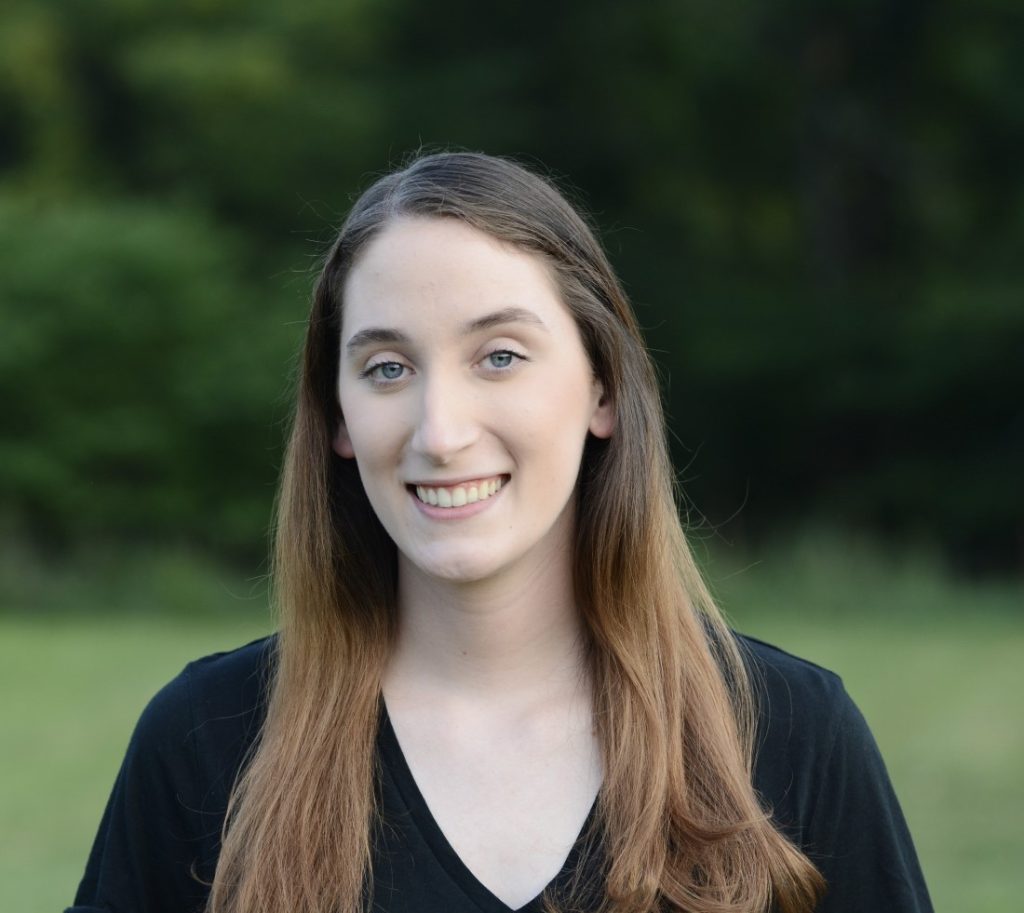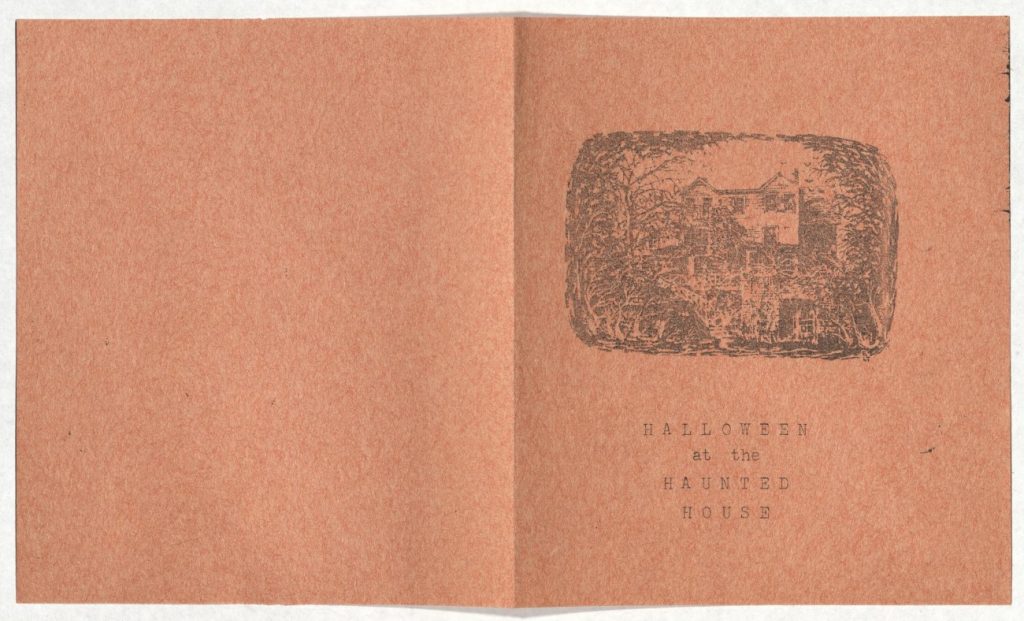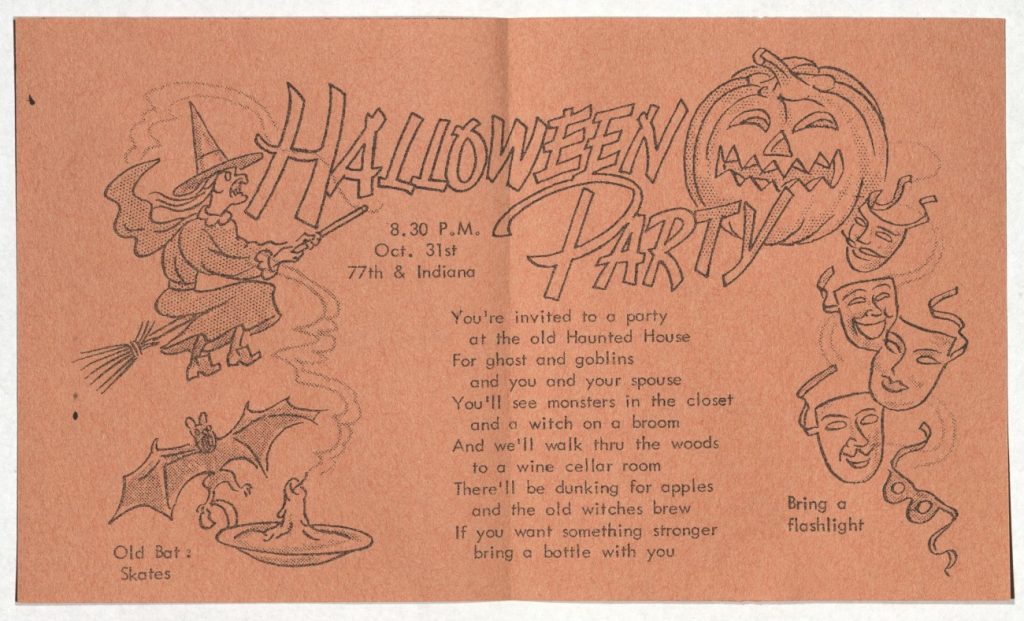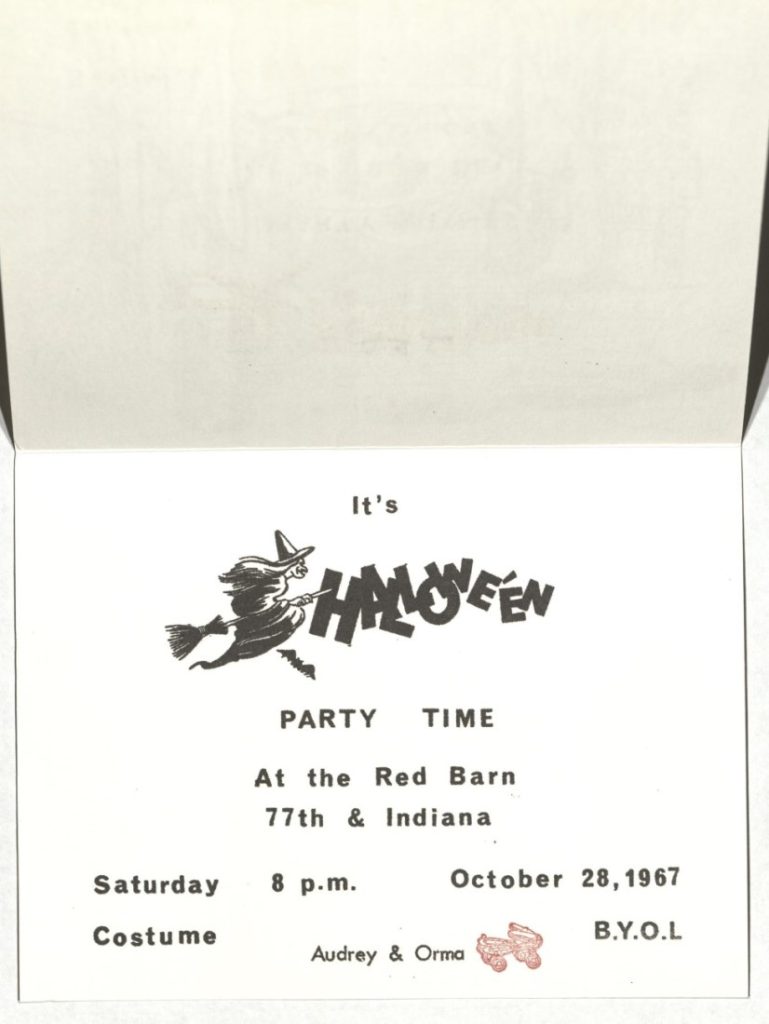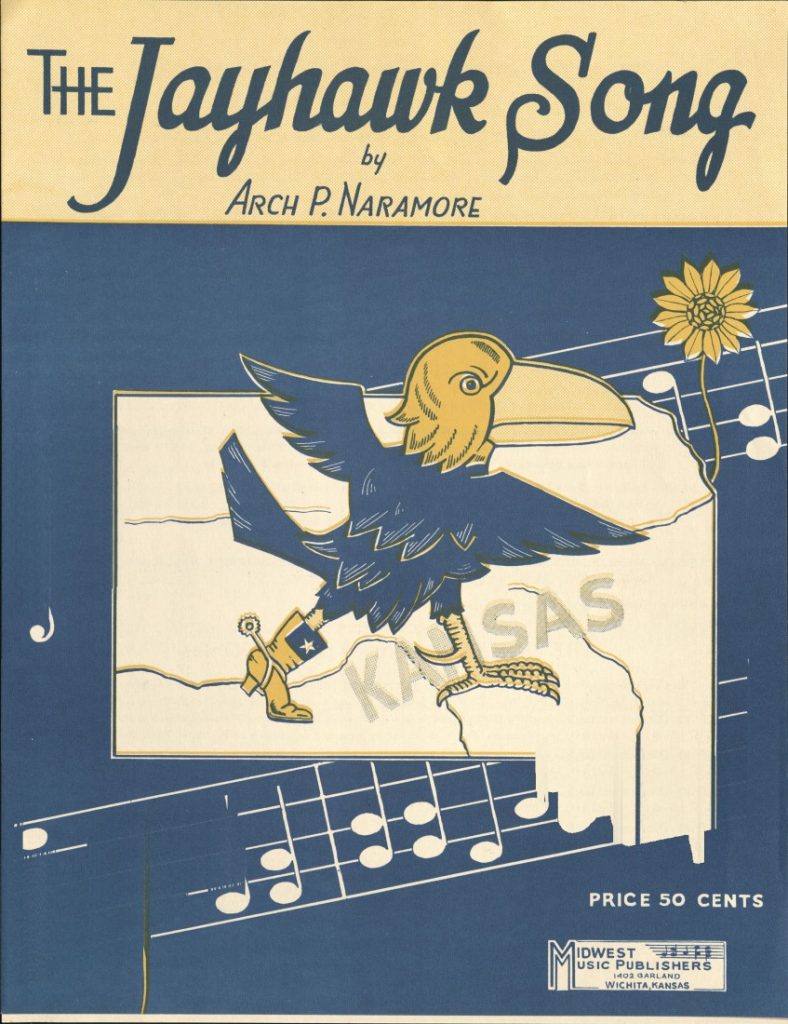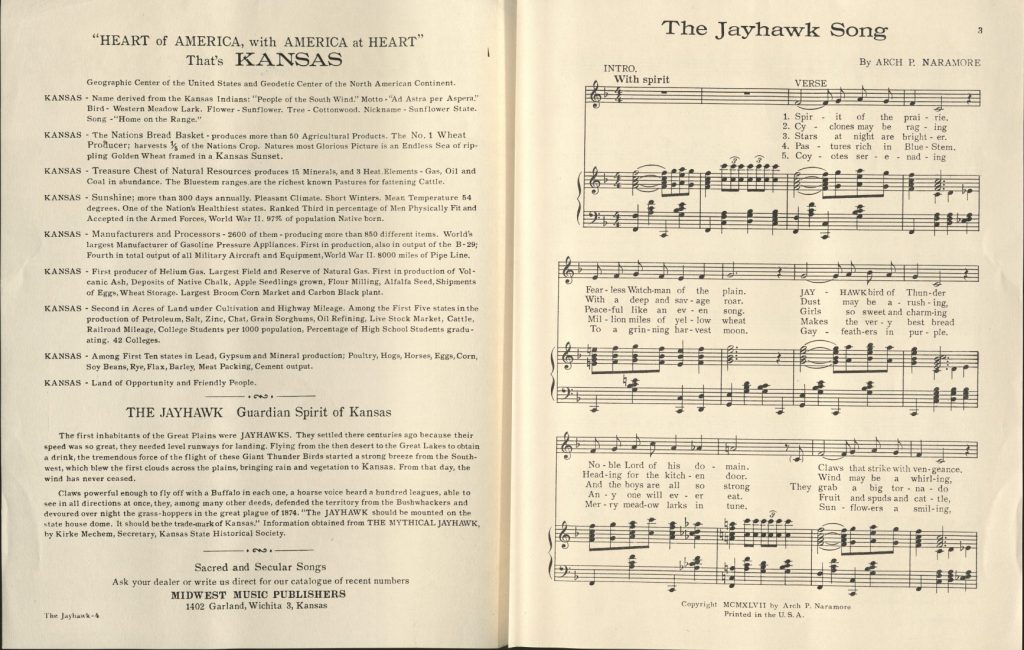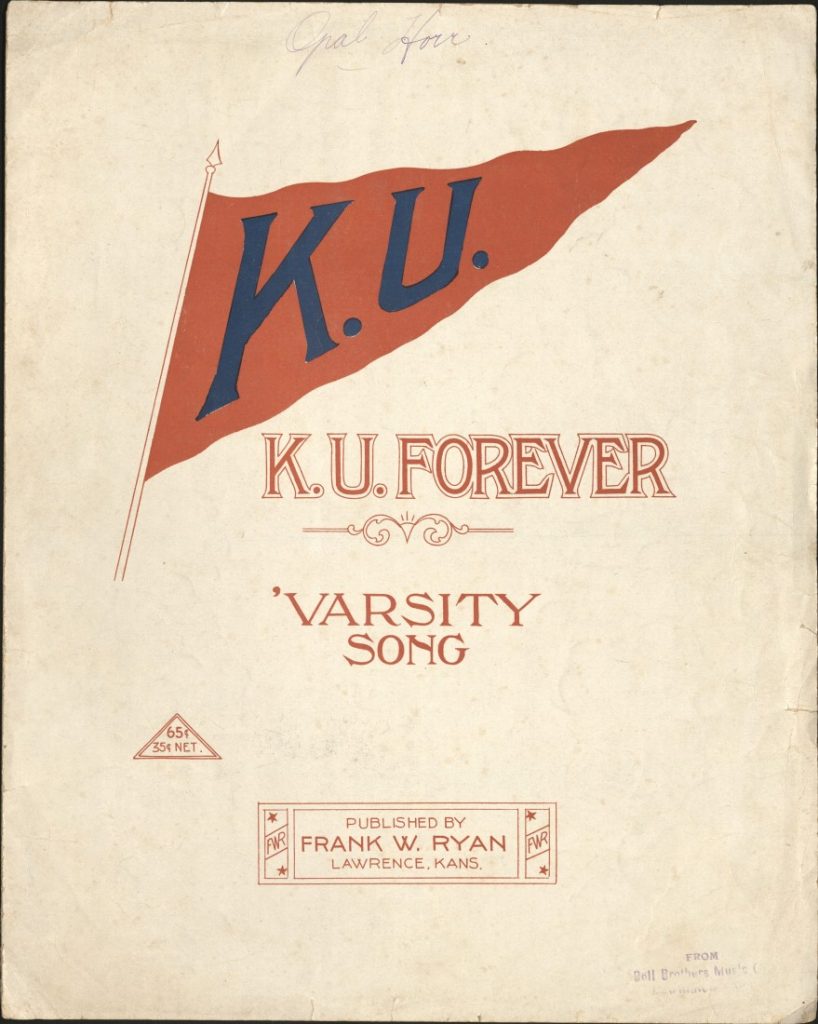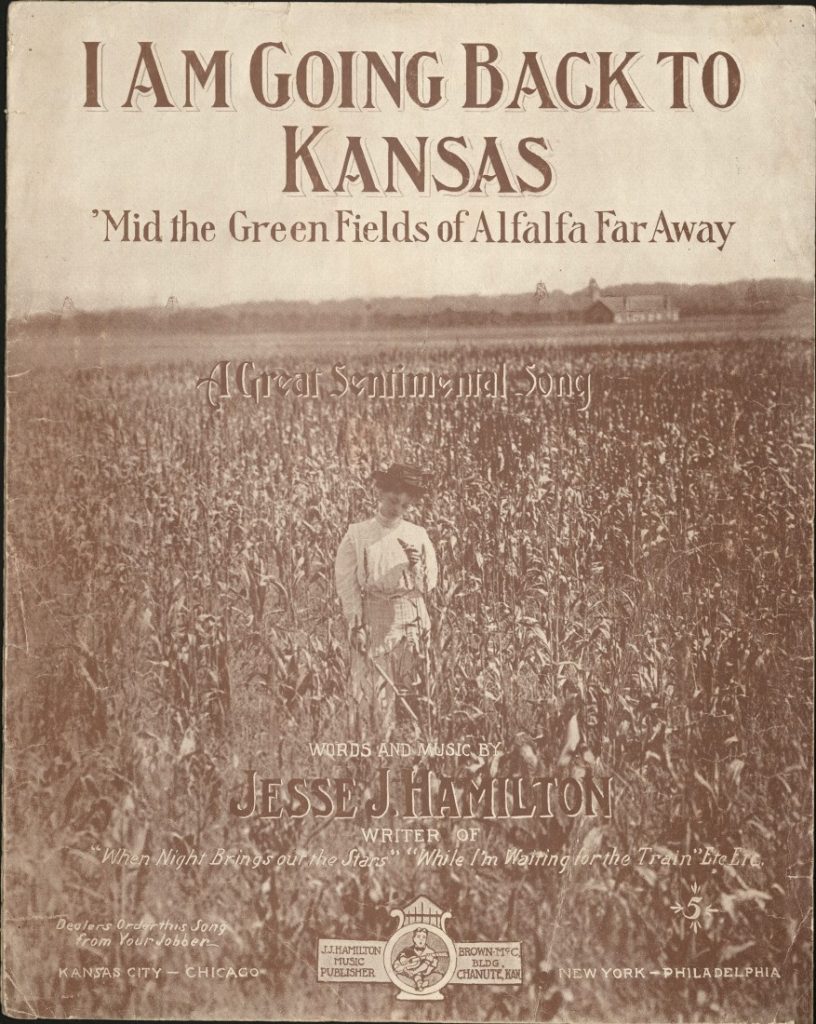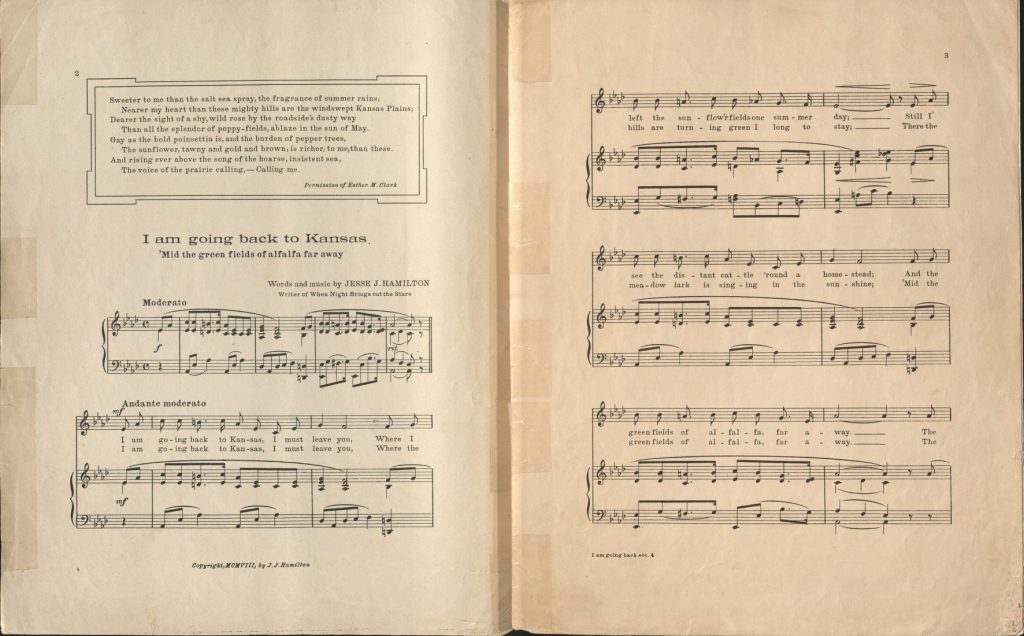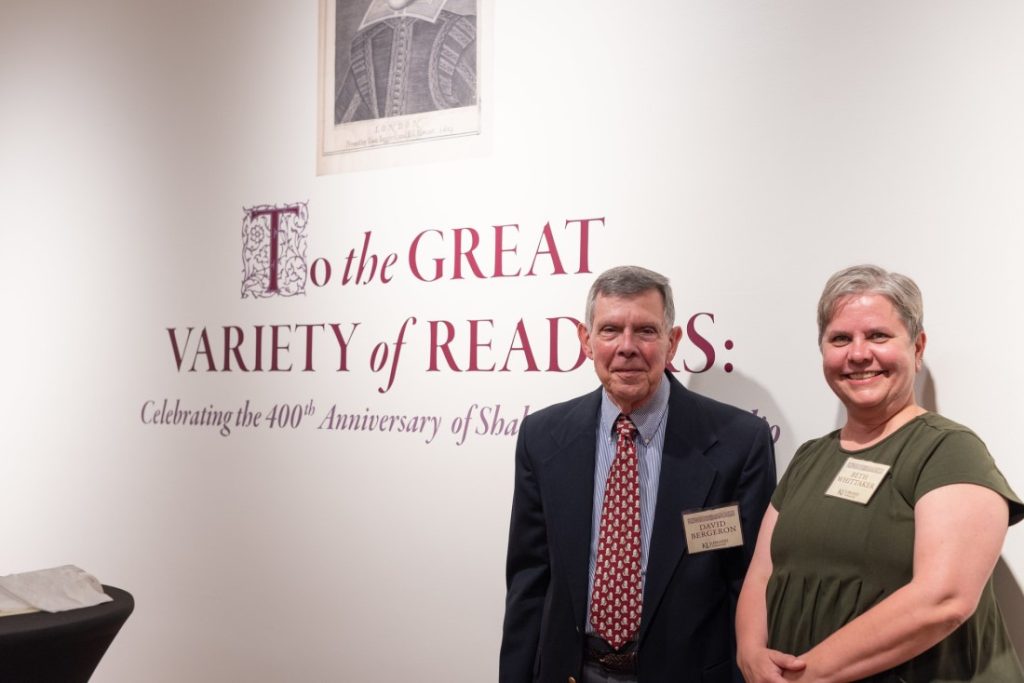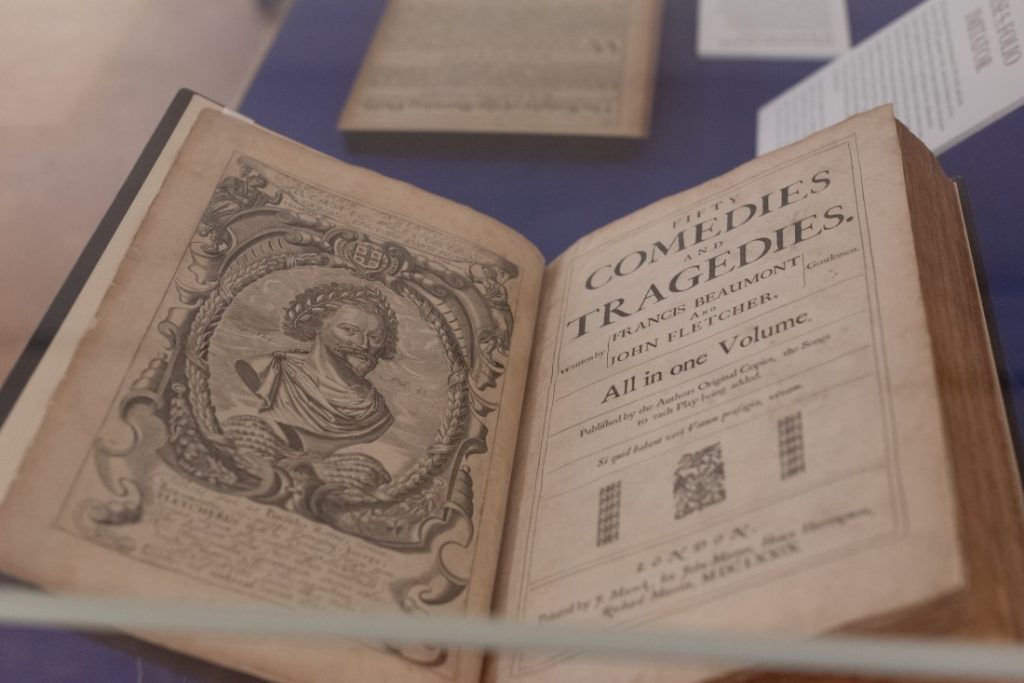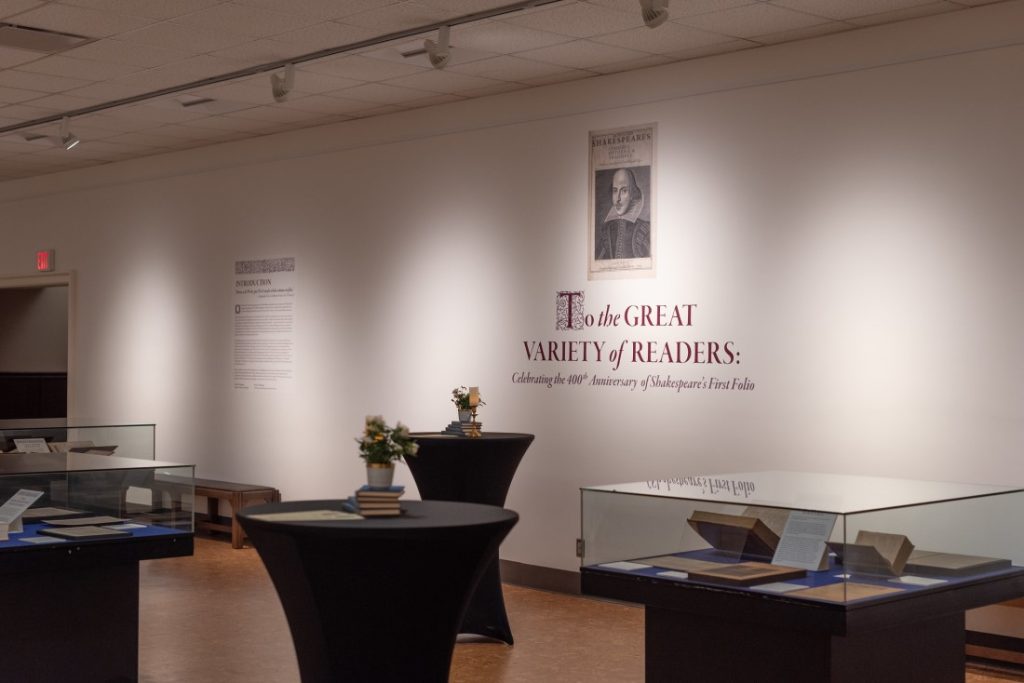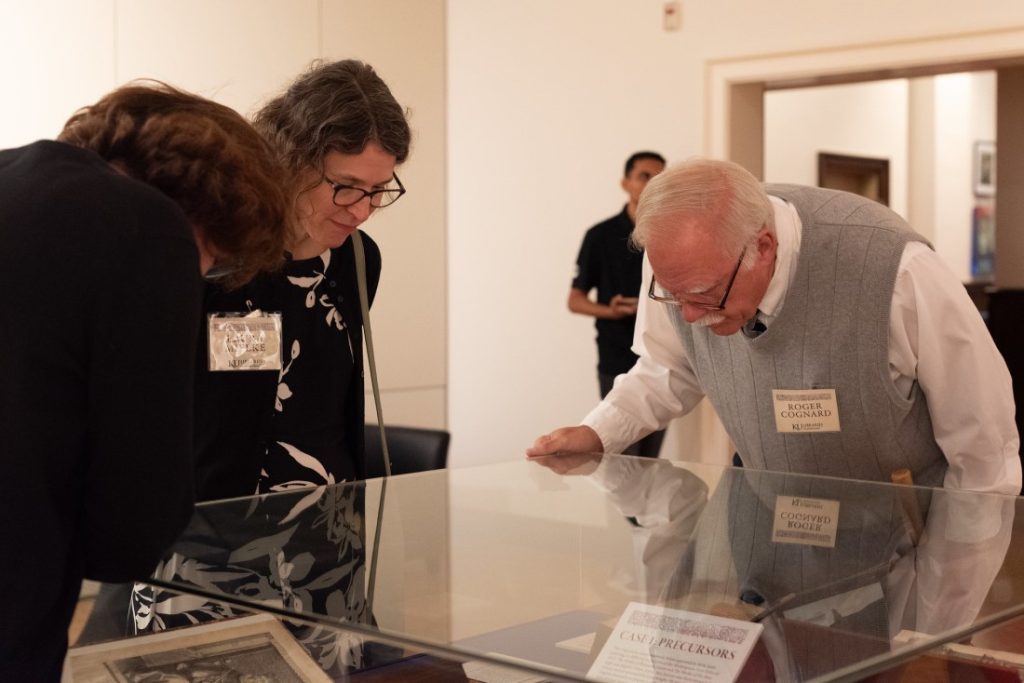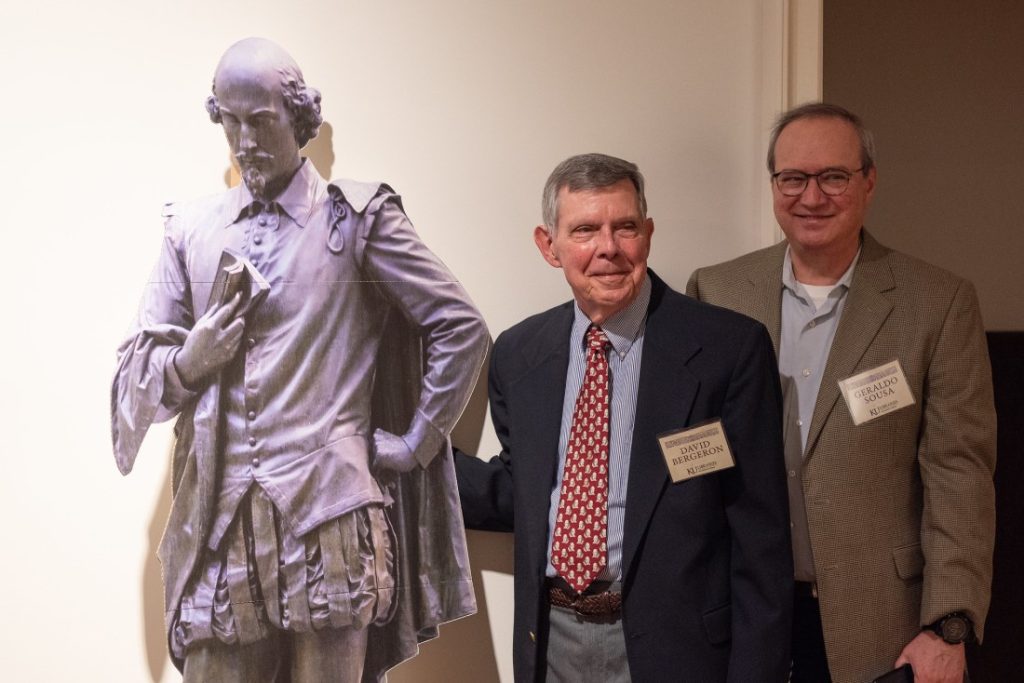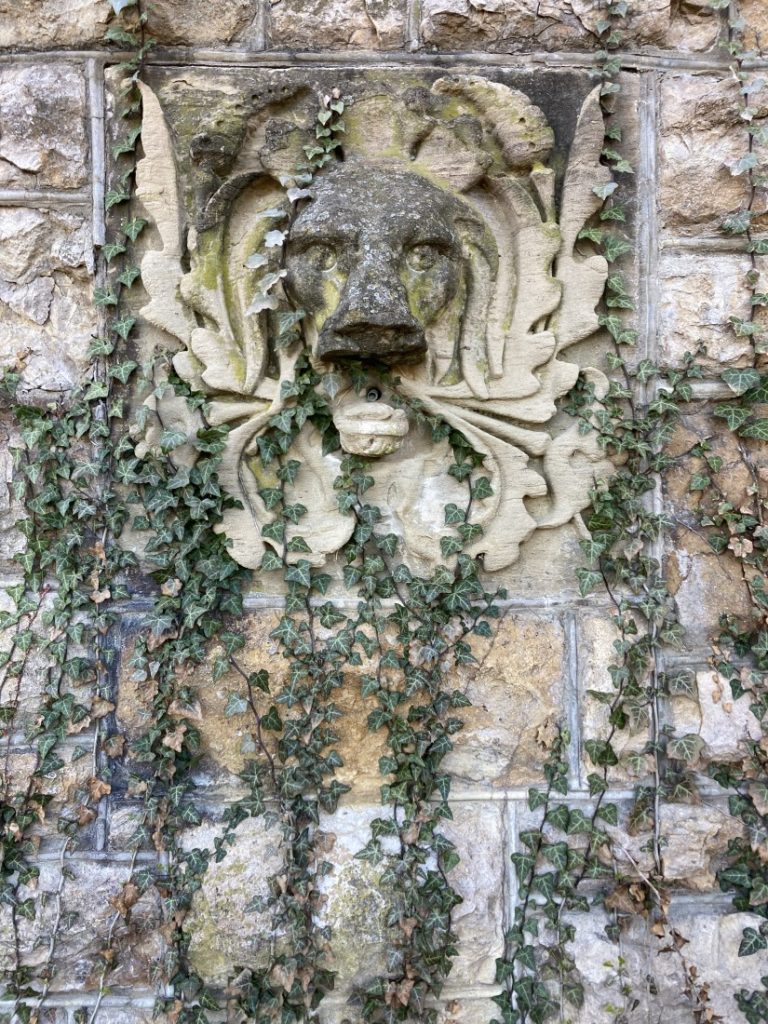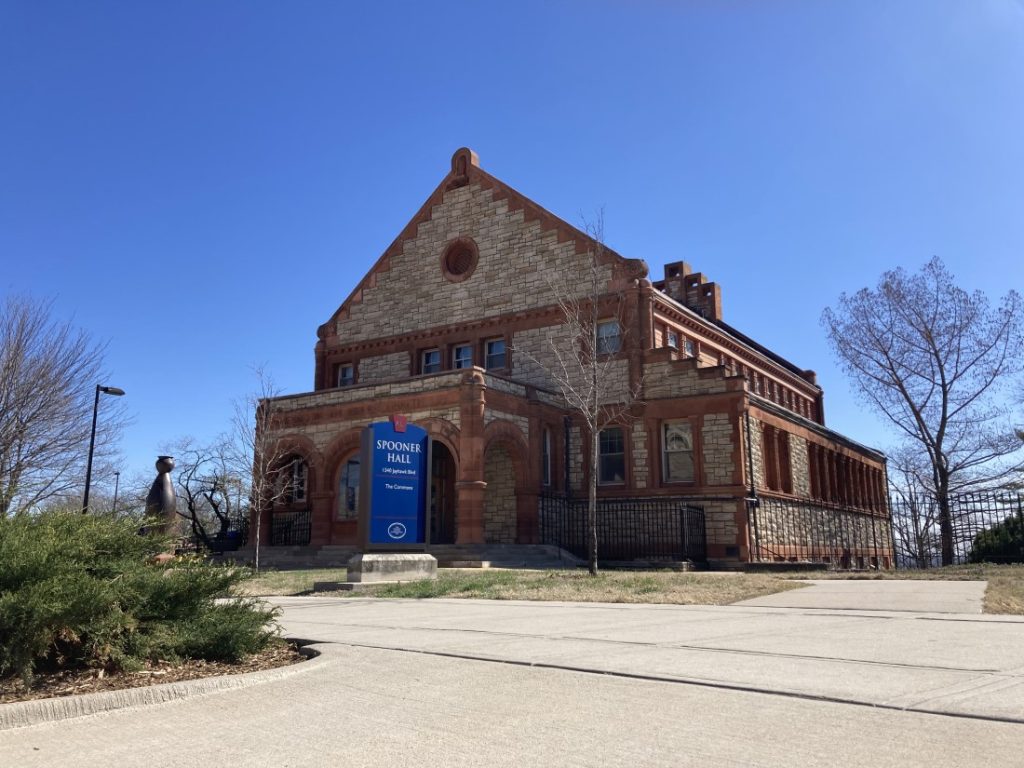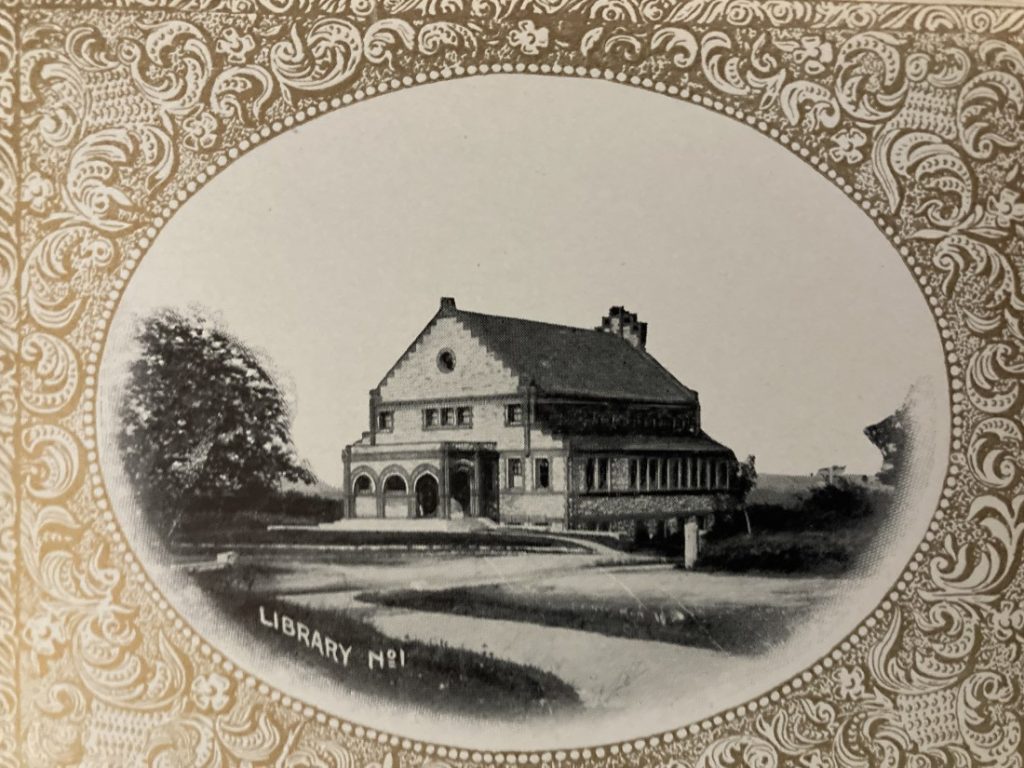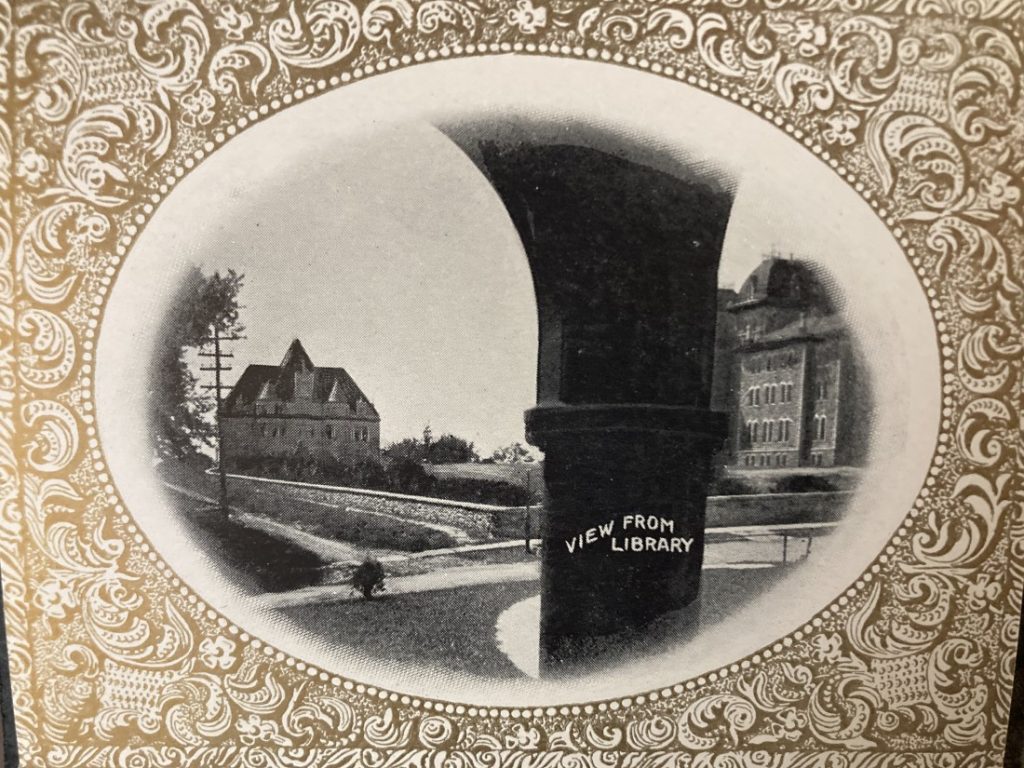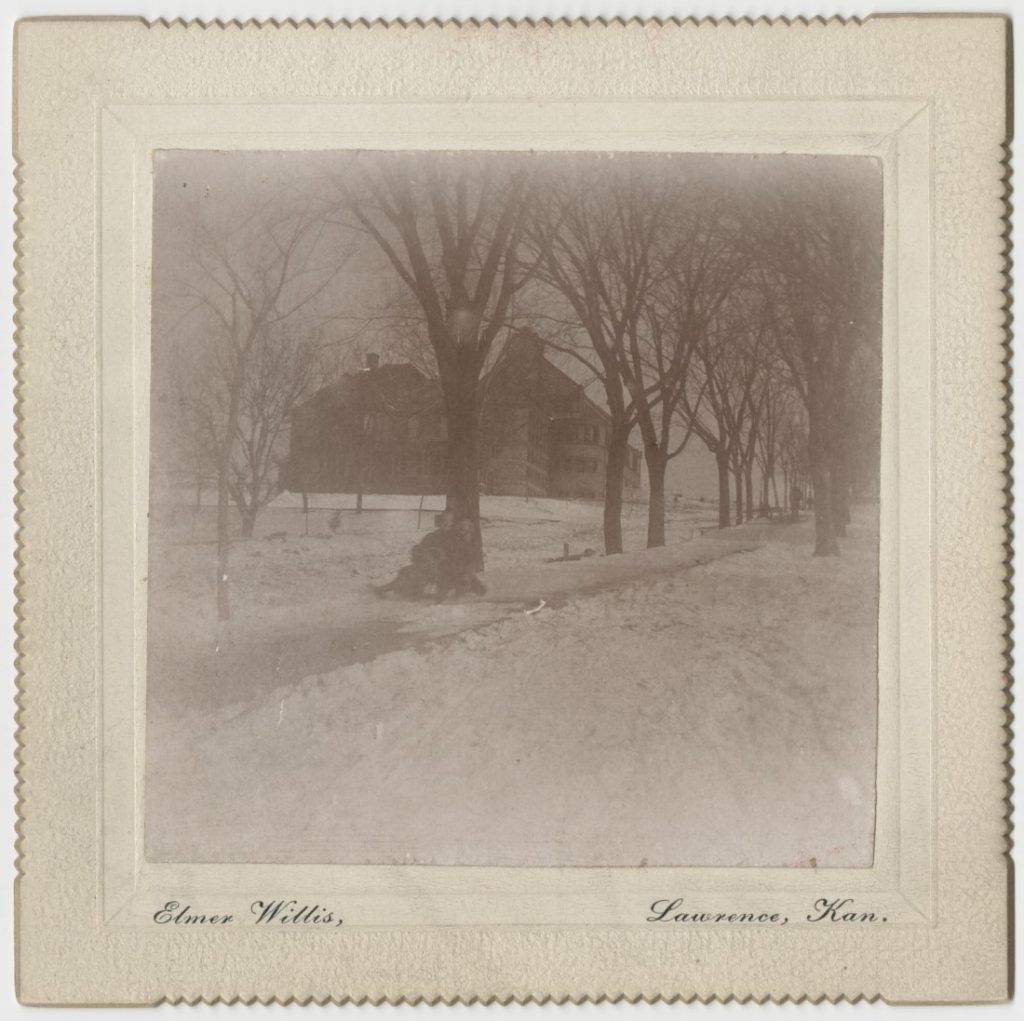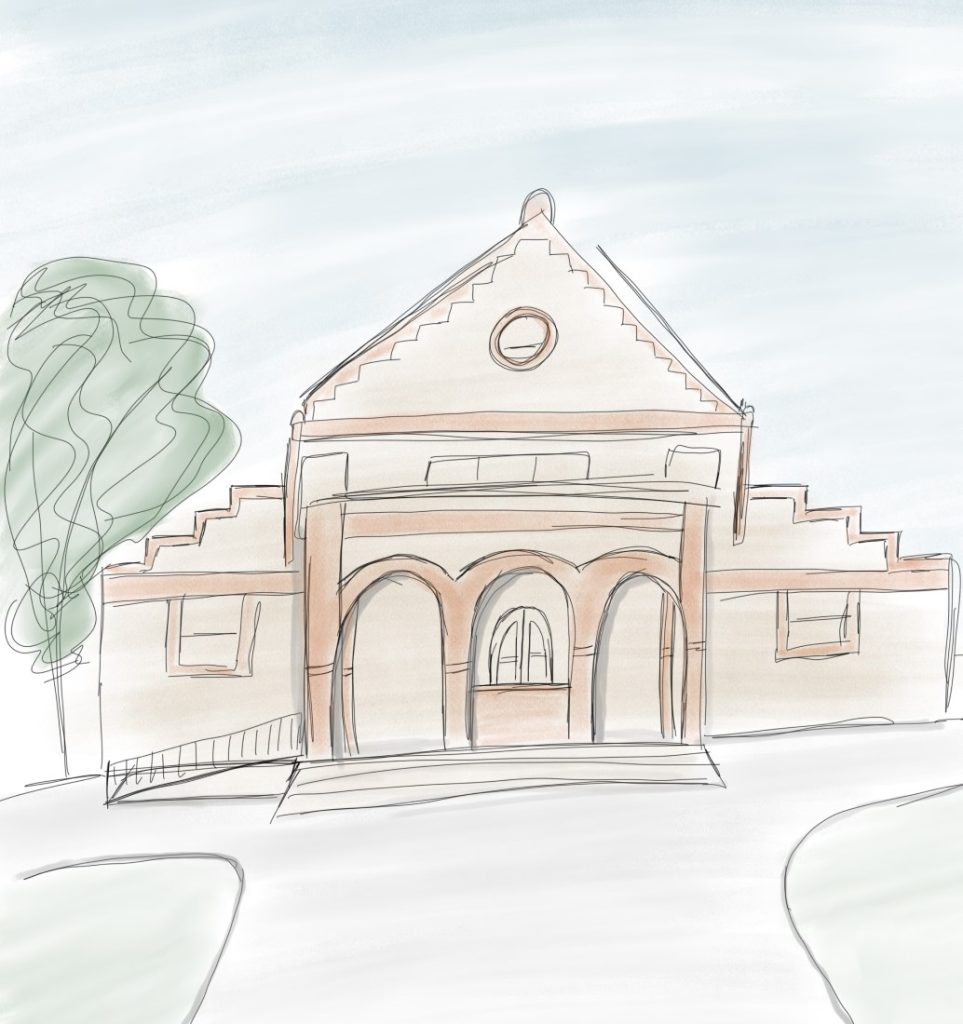Student Spotlight: Claire Cox
October 9th, 2023This is the latest installment in a series of posts introducing readers to student employees who make important contributions to the work of Spencer Research Library. Today’s profile features Public Services student assistant Claire Cox, who answered a few questions about the projects she works on at Spencer.
Please provide some brief biographical information about yourself.
I am an Accelerated M.A. student in the history department. This is my third year at KU, but my first year as a graduate student. As an undergraduate, I spent my first two years at Johnson County Community College before transferring to KU and earning my B.A. in May 2023. I majored in history with a minor in global and international studies. I started working at Spencer Research Library in August 2022.
What does your job at Spencer entail?
I am a public services employee. My job tasks include retrieving and re-shelving materials from the stacks, sitting at the reception and reference desks, and assisting researchers in the Reading Room. Occasionally I work on a shifting project in the stacks. I also get the opportunity to curate temporary exhibits located in our North Gallery.
What part of your job do you like best?
I really enjoy working in the stacks. Whether retrieving or re-shelving materials, I am usually handling new items that I have never seen before. Not only does this help me get to know the collections better, but it is also really fun and interesting. The Kansas Collection is my favorite part of Spencer. I am constantly looking at old books related to the Kansas environment from the nineteenth and early twentieth centuries. I also like working with the patrons that come into the Reading Room, and I love hearing about their research interests/projects.
What are you studying, and what do you hope to do in your future career? Has your work in at Spencer changed how you look at your studies or your future career plans in any way?
I study environmental history of the Great Plains in the twentieth century. I look forward to continuing my research on the relationship between Indigenous peoples, rural communities, and the environment by further examining the process of artificial lake-building in the region. As an undergraduate, I studied the construction of Clinton Lake near Lawrence. I plan to build upon this research throughout the upcoming year. As an employee at Spencer Research Library, I have learned a lot about how a special collections library works from behind the scenes. This knowledge informs how I conduct my own research, and I feel more confident when visiting other research institutions or archives. I have also found a lot of very useful material in the Kansas Collection about Clinton Lake, which I used for my undergraduate thesis project.
What advice would you offer other students thinking about working at Spencer Research Library?
I highly recommend working at Spencer. There are so many different opportunities for students to find a position that suits their own interests. Contrary to the stereotypical library job, working at Spencer never gets boring! Every day comes with new and exciting challenges.
Claire Cox
Public Services student assistant

